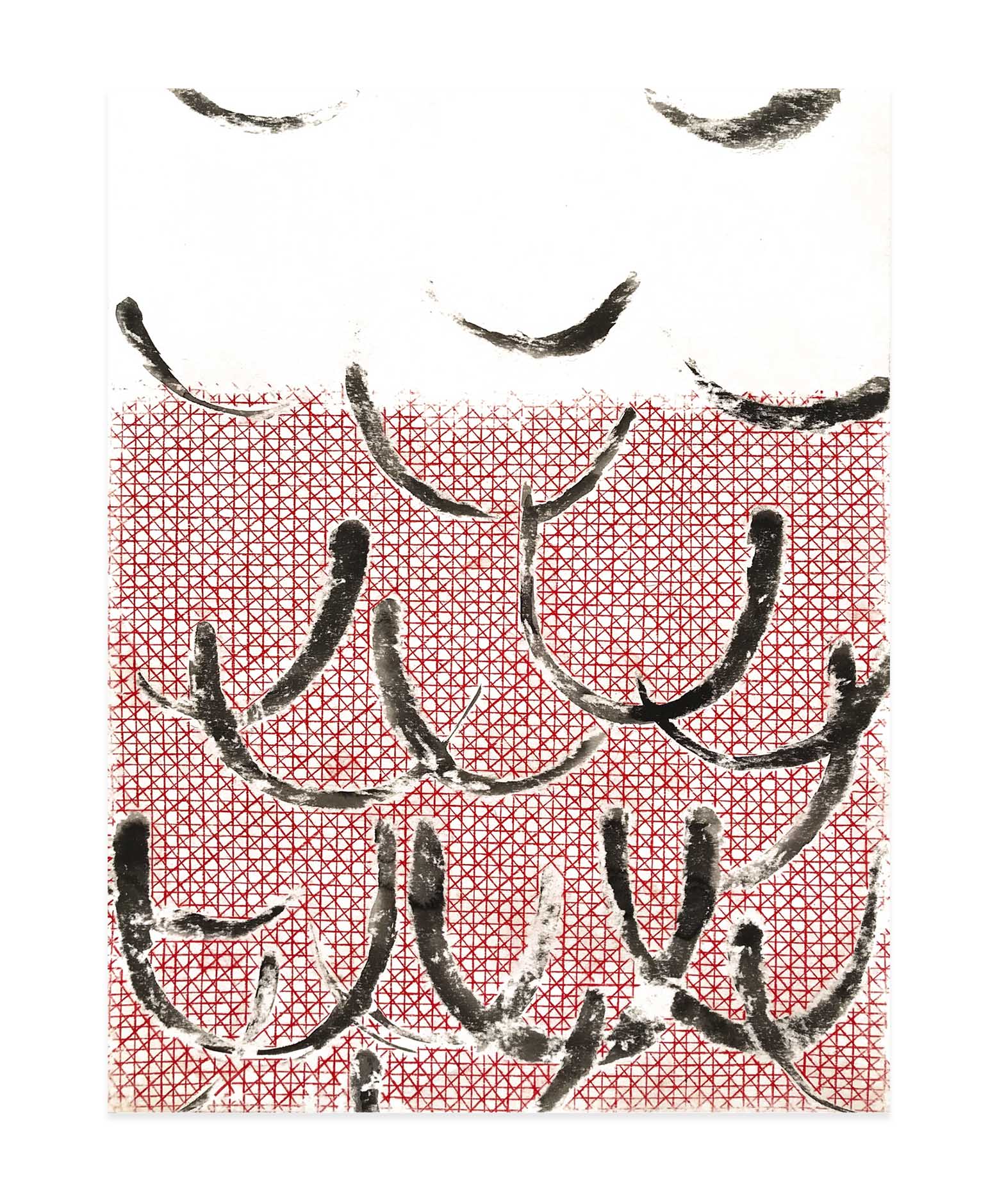Farzin Rahneshin considers art as a part of his life. He produces paintings in which he deals with the void and embodies the images in various ways by examining each emotion, living thing and object in life in a deconstructive manner. We had a conversation with the Iranian artist Farzin Rahneshin, about his adventure to Istanbul and on his artistic practice.
Farzin Rahneshin completed his B.A. and M.A. degrees at the Painting Department of Azad University. Rahneshin lives and works in Istanbul.
You studied painting in Iran, can you briefly explain about your interest, curiosity on painting, and how is it developed in time?
My interest in painting was noticed by my family during my primary school years and they directed me to painting courses in order to improve my ability. After completing my undergraduate and graduate degrees in painting, I opened my own studio and discovered my original artistic identity during this process. I think a painter knows himself better after putting the boundaries of his privacy. I define my paintings before this experience as a process of trial and error.
Your artworks displayed on Art50.net are titled as ‘Absence Series’. Could you explain this series? How did it initiate and evolve?
My paintings before the series were more related to my social environment. As time progressed and I continued to produce, my works became more relevant to myself. So I got deeper into that, I returned to myself and started to explore more. I carried the meanings I found to my paintings. This is how the Absence Series emerged. For me, my art is a direct reflection of my life.

You combine various techniques while producing your artworks. Could you talk briefly about your choices of materials?
After determining the concept in my mind, I focus on the idea of how I can reflect it better and then determine my technique. Improvisation is very important during my creative process. For me, ink is the best medium to describe improvisation. It is a material that both can be under my control and not. I also use a thin pencil to create a slightly more precise atmosphere along with the ink. This conflict between uncertainty and certainty underlies my contrast technique.
‘Destruction’, ‘Creation’, and ‘Void’ form the basis of your works. Can you explain these concepts?
First I try to create the image in my mind, then I try to distort the images I create, just as life ultimately destroys every living creature, emotion, and object. Sometimes I destruct it partially and sometimes completely. But what I really want to reach is the void in them. It is a feeling as if a person once existed, now it does not exist… Sometimes it seems that some parts of the images are distorted and some parts are left behind, as if that feeling, that person still exists, and on canvases, they occur as if they had lost their original forms and have found new shapes.

How did you get acquainted with art50.net? And what are your expectations?
We had the opportunity to meet last year, through a connection with my painter friend who attended a group exhibition organized by art50.net. First, being an Iranian artist I think it will play a significant role in increasing my visibility in Turkey. In this period when online art platforms are increasing and virtual exhibitions are being visited, it is very important for me to reach collectors and take part in a platform where I can share my work with the audience.
You live in Istanbul now, and you have participated in many exhibitions, how did you decide to move to Istanbul? How would you compare the art scene in Iran with the art scene in Istanbul?
Before I came here, I didn’t want to live in Iran anymore. But at the same time, I did not want to leave the culture from which my art originates from. I chose to live in Istanbul due to the spatial proximity and similar cultural elements and historical richness. I can not compare the art scenes exactly. Here, in Istanbul, I do not have many acquaintances with the artists and in the art community. Because of my academic career in Iran, I was living in a wider art environment in which I had many more friends.

Is there any particular method that you usually apply while creating your works? What are the circumstances that trigger you?
Emotions, emotional elements, moments, books I read, movies I watch, in short, all layers of my life constitute the elements that trigger my production process. As I said before, art is a part of my life.
If you were given a huge budget of money and could only buy a single artwork, whose work would you buy?
First of all, it’s a very difficult question… but if I had a huge budget, I would buy work by Modigliani. More recently, I would buy work by Cy Twombly.
Interview: Sena Arcak Bağcılar

